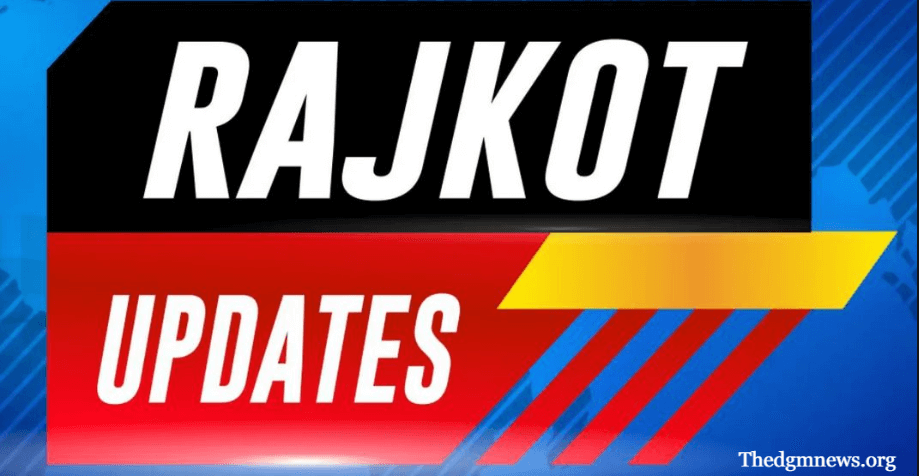Introduction
In a world dominated by GPS and high-end outdoor gear, it might seem odd to discuss a $1.25 navigation tool from Dollar Tree.
Yet, for many outdoor beginners, survival hobbyists, or parents buying school supplies, the Dollar Tree compass represents an affordable and accessible way to explore basic navigation.
This article explores the functionality, build quality, use cases, and value of the Dollar Tree compass. We’ll evaluate whether it’s just a novelty or a legitimate budget-friendly navigation tool.
What Is the Dollar Tree Compass?

The Dollar Tree compass is a low-cost directional tool available at Dollar Tree stores, typically found in the travel or stationery section. Designed for casual or educational use, it often comes in simple packaging and is marketed as either a toy, a school supply, or a travel aid.
Types Available at Dollar Tree
- Handheld Pocket Compass: Small, compact, often plastic-cased.
- Keychain Compass: Combined with a carabiner or whistle.
- Compass Ruler or Protractor Set: Meant for educational purposes.
How a Compass Works
To assess the Dollar Tree compass properly, we must understand the fundamentals of how compasses function.
Basic Principles of Compass Navigation
- A compass contains a magnetized needle that aligns with Earth’s magnetic field.
- The needle always points to magnetic north, allowing users to orient themselves or a map.
- By rotating the compass bezel, users can follow bearings and navigate.
Build Quality and Materials
Materials Used in Dollar Tree Compass
- Plastic Body: Lightweight, not shock-resistant.
- Basic Magnetic Needle: May not be balanced for hemisphere-specific use.
- No Liquid Damping: Many models lack the fluid fill that stabilizes needle movement.
Durability Rating
| Feature | Rating (1-5) |
| Shock Resistance | 2 |
| Water Resistance | 1 |
| Longevity | 2 |
| Weight | 5 (very light) |
Real-World Example
John, a scout leader from Arizona, tried the Dollar Tree compass for a troop hiking activity. He found it “usable for short orientation tasks,” but noted that “the needle jittered often and took time to settle.”
Can You Rely on It?
Field Tests and Observations
- Inconsistent needle stability in windy or shaky hands.
- Slow needle response compared to professional compasses.
- 5–15° deviation reported in comparison tests with Silva and Suunto models.
When Does the Dollar Tree Compass Make Sense?
Appropriate Scenarios
- Educational Use: Great for geography classes, map-reading lessons, or STEM experiments.
- Casual Hiking or Urban Orienteering: Useful as a backup tool.
- Emergency Kits: Compact and lightweight, it’s better than nothing.
- Children’s Camping Activities: Ideal for introducing young users to navigation basics.
Not Recommended For
- Multi-day wilderness trekking
- Professional land navigation
- Mountaineering or GPS backup
Comparison with Mid-Range and High-End Compasses
| Feature | Dollar Tree Compass | Mid-Range Compass (e.g., Silva) | High-End Compass (e.g., Suunto MC-2) |
| Price | $1.25 | $20–$30 | $60+ |
| Accuracy | Low to Medium | High | Very High |
| Durability | Low | Medium to High | High |
| Needle Stability | Unsteady | Balanced and damped | Precision-balanced |
| Educational Utility | Moderate | High | High |
Benefits of Using the Dollar Tree Compass
1. Affordability
- Ideal for bulk purchases for classrooms or scout groups.
- No financial loss if broken or misplaced.
2. Simplicity
- No calibration needed.
- Easy to use for complete beginners.
3. Availability
- Found at almost every Dollar Tree nationwide.
- Easily replaceable.
Limitations and Known Issues
- The needle may become demagnetized over time.
- Inaccurate in high magnetic interference areas.
- Plastic casing is prone to scratches and breakage.
- Not hemispherically balanced – may not work correctly in the southern hemisphere.
Tips to Use the Dollar Tree Compass Effectively
- Keep it away from metal objects or electronic devices to reduce interference.
- Allow time for the needle to settle before taking a reading.
- Use with a printed map for classroom or training purposes.
- Pair with GPS for field use to cross-verify directions.
Dollar Tree Compass in Education and Survival Kits
Why Teachers Like It
- Affordable for classroom distribution.
- Reinforces hands-on learning in geography or science.
Why Preppers Add It to Kits
- Lightweight and better than having no directional tool.
- It can serve as a backup when technology fails.
Case Study:
A school in Texas included Dollar Tree compasses in their emergency go-bags for every student. Teachers reported it improved student engagement during safety drills.
Conclusion
The Dollar Tree compass serves a specific niche: budget navigation education and light casual use.
It’s not a substitute for professional tools, but it offers real value for beginners, children, or educators. For those learning the basics or looking for a cheap emergency tool, it gets the job done—with a few caveats.
Key Takeaway:
If you’re heading into the wild, invest in a better compass. If you’re teaching or experimenting, Dollar Tree’s version might be the affordable option you need.
FAQs
Is the Dollar Tree compass accurate?
Not highly accurate. It’s suitable for basic direction finding but can have deviations of 5–15 degrees.
Can I use the Dollar Tree compass for hiking?
Yes, but only for short, non-critical hikes. It’s best used as a backup, not a primary navigation tool.
Does the Dollar Tree compass work in all regions?
No. It’s not balanced for the southern hemisphere and may give inaccurate readings there.
Is the Dollar Tree compass good for teaching?
Yes. It’s widely used in classrooms to teach basic compass concepts.
How long does the Dollar Tree compass last?
With careful use, it can last a few months to a year, depending on exposure and handling.



